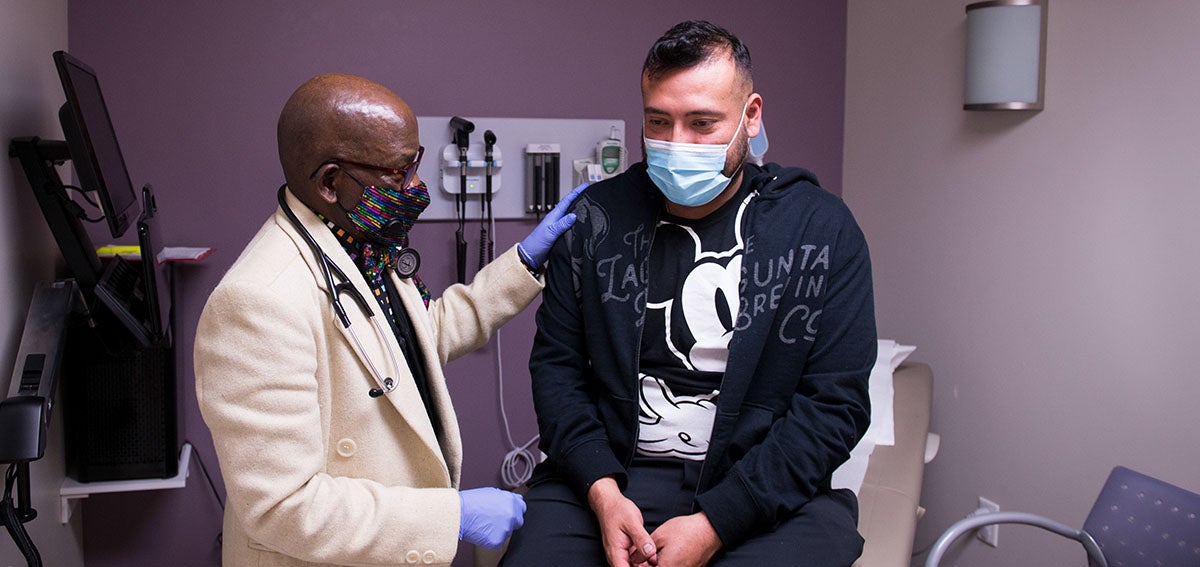California faces a critical need to revitalize its primary care system to improve health outcomes, reduce costs, and advance health equity. Despite evidence showing that robust primary care is essential for a high-performing health care system, California and the U.S. significantly underinvest in primary care.
As this explainer outlines, investing in primary care is essential to enable and accelerate progress in related areas, including building a more robust primary care workforce, realizing the promise of expanded health care coverage by ensuring access for all Californians, and implementing the California Department of Health Care Services’ California Advancing and Innovating Medi-Cal initiative – commonly known as the CalAIM.
Key takeaways in this explainer include:
- Primary care investment is critical for system transformation in California. Increasing investment in primary care is essential for achieving California’s health care goals around expanded coverage, workforce development, and implementing innovations like CalAIM. Without strengthening primary care infrastructure, these initiatives are unlikely to reach their full potential.
- Payment reform must support sustainable practice models. Payment for primary care should be restructured to support comprehensive care teams, population health management, and addressing patients’ behavioral and social needs.
- Developing the primary care workforce requires improved practice environments. While California is expanding primary care training programs, these efforts must be paired with practice reforms that make primary care a rewarding career choice. Current compensation gaps and burnout rates make it difficult to recruit and retain providers, particularly from communities that represent California’s underserved populations.
By increasing investment, reforming payment, and strengthening the primary care workforce, California can build a more effective, equitable health care system that better serves all residents.





